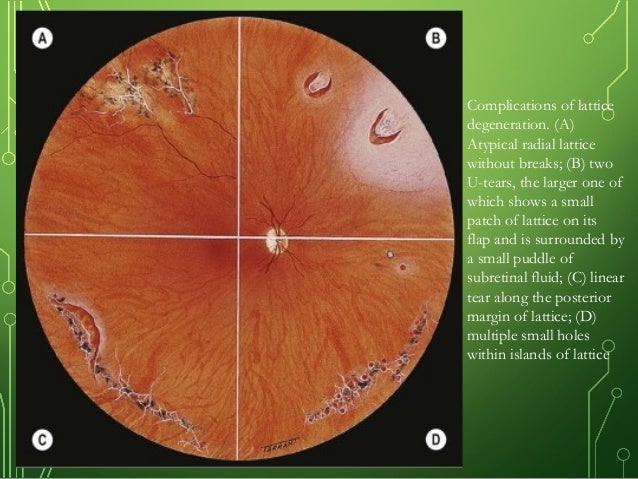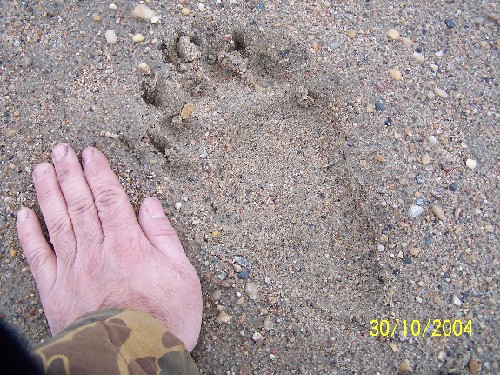
There was no evidence of posterior uveitis.īlood investigations showed normal hemoglobin, total leucocyte count, and differential leucocyte count. B-scan ultrasonography of the left eye showed thickening of choroid (2.62 mm) with presence of subtenon’s fluid (“classic T-sign”), hence confirming the diagnosis of posterior scleritis (Fig. Optical coherence tomography (OCT) revealed multiple pockets of neurosensory detachments with boggy swelling of retinal layers in the left eye (Fig. Fundus examination was normal in the right eye, and the left eye showed hyperemic disc edema with tortuous retinal vessels and pockets of subretinal fluid at the posterior pole. Non-contact tonometer recorded intraocular pressure of 12 mmHg in both the eyes. There were absence of mutton fat or fine keratic precipitates(KP’s) in AC. Anterior chamber was quiet in the right eye and a limbal phlycten was noted at 1’o clock with posterior synechiae and AC cells 2+ in the left eye (Fig. Slit lamp examination showed nodular non-necrotizing anterior scleritis with localized deep conjunctival congestion at 9’o clock in the right eye and two localized nodular anterior scleritis lesions at 12’o clock and 8.30’ clock hour in the left eye. On ocular examination, the best corrected visual acuity (BCVA) was 6/6, N6 in the right eye and 6/36, N36 in the left eye. Per abdomen palpation was soft with no signs of any organomegaly. On general physical examination, her body weight was 28.8 Kg and height was 125 cm. Her immunization history was complete including BCG vaccine at birth. She gave no history of hearing loss, headache or stiffness of neck, and premature greying of hair. There was no relevant contact history with TB case. There was no history of loss of appetite/weight, joint pains, cough, expectoration, or fever. PMID: 12457044.A 9-year-old girl presented with complaints of redness in both the eyes and blurring of vision in the left eye for 1 month. Common eye diseases of elderly people: identifying and treating causes of vision loss. Incidence, ocular findings, and systemic associations of ocular coloboma: a population-based study.

Silvestri G, Williams MA, McAuley C, et al.Prevalence, incidence, and characteristics of patients with choroidal neovascularization secondary to pathologic myopia in a representative Canadian cohort.

Pickering M, Luciani L, Zaour N, Petrella R.
#BEAR TRACKS RETINA TREATMENT DOWNLOAD#
Download this cheat sheet as a differential diagnosis guide for pigmented fundus lesions. Monitoring these lesions is critical as changes may alter the initial diagnosis and affect prognosis. Imaging modalities such as B-Scan ultrasound, OCT imaging, color fundus photographs, and fluorescein angiography may aid in initially and subsequently evaluating such lesions. It is important to characterize critical aspects of the lesion, such as the anatomical level of the lesion, color, size/depth, shape, surface features, laterality, etc. A systematic approach is needed when diagnosing and working up pigmented fundus lesions.


 0 kommentar(er)
0 kommentar(er)
